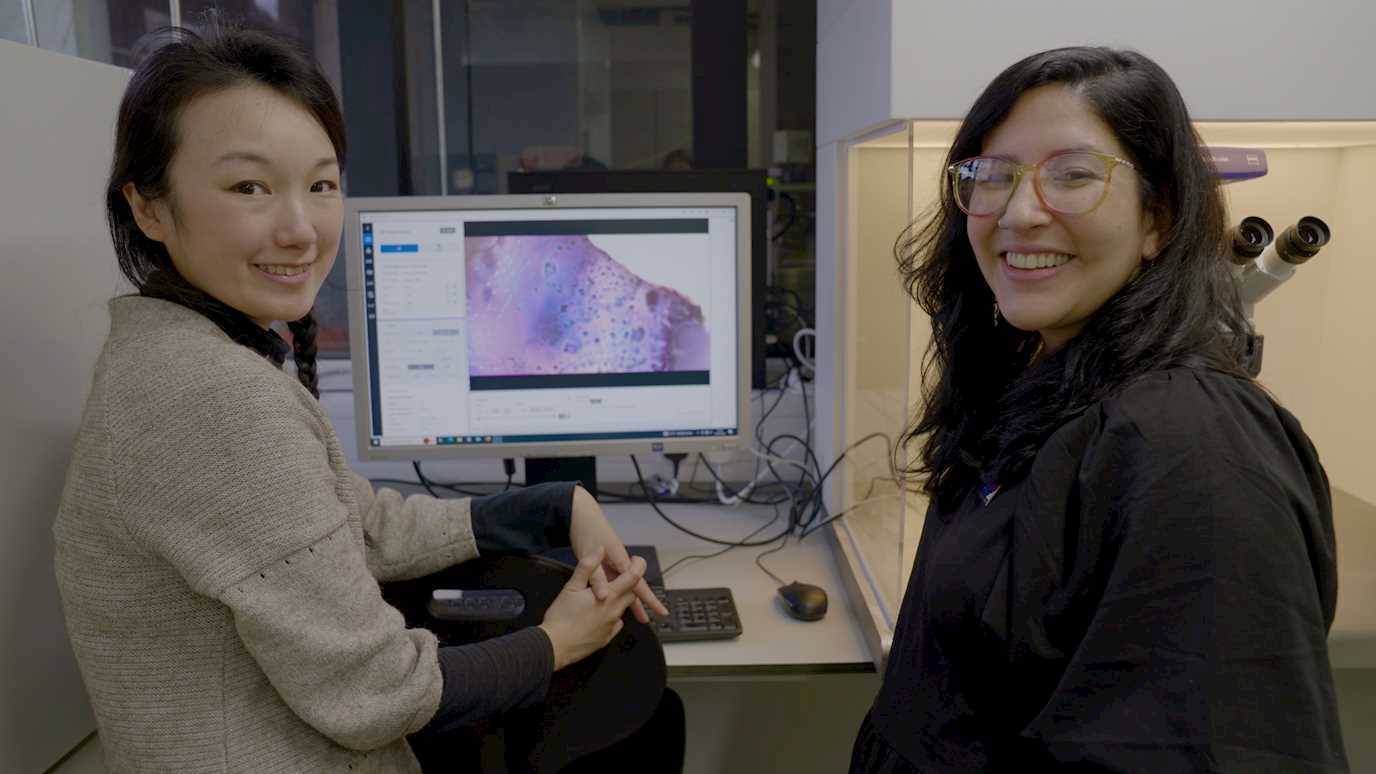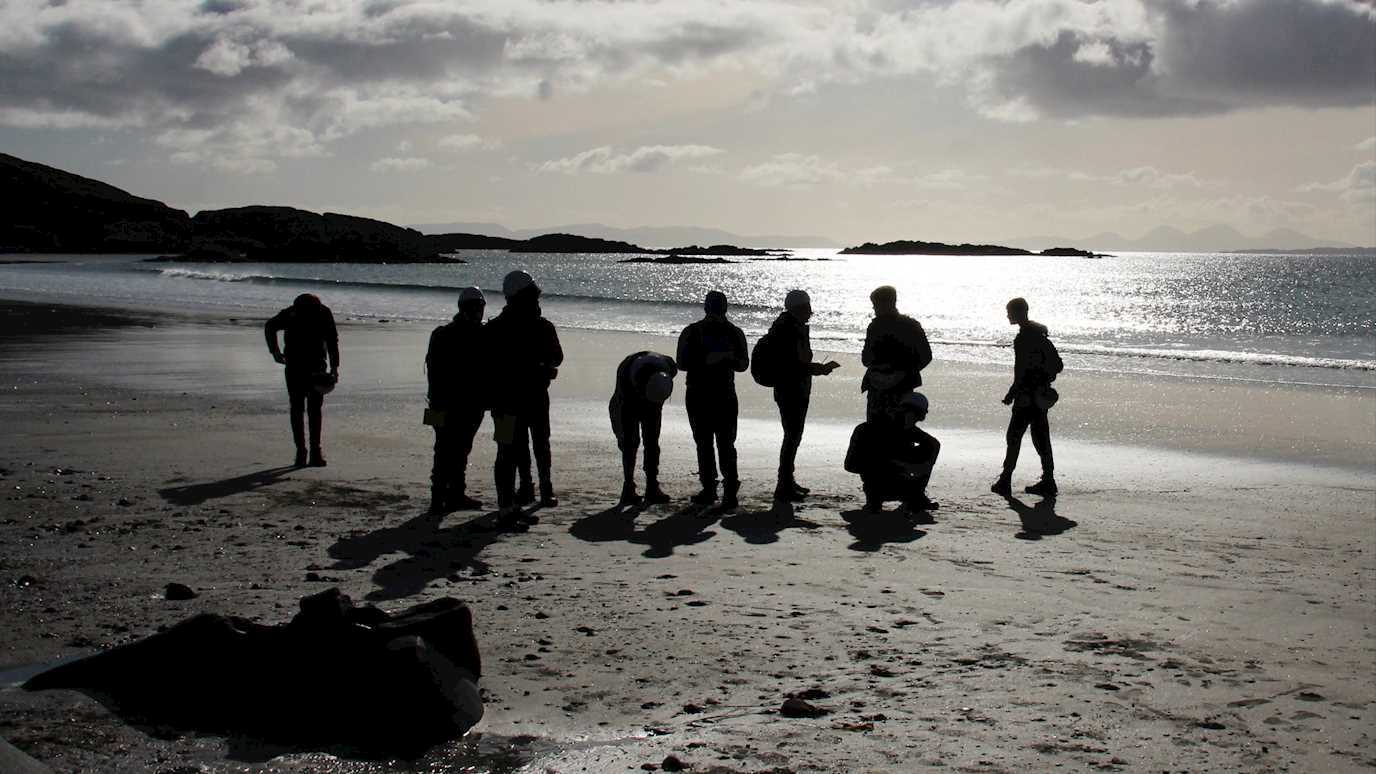Industry funded project on Mesozoic Microbialites has exciting new discoveries
A £250K industry funded project on Mesozoic Microbialites is nearing completion and coming up with exciting new discoveries just on our doorstep- the late Jurassic Purbeck limestones of Dorset’s Jurassic Coast.
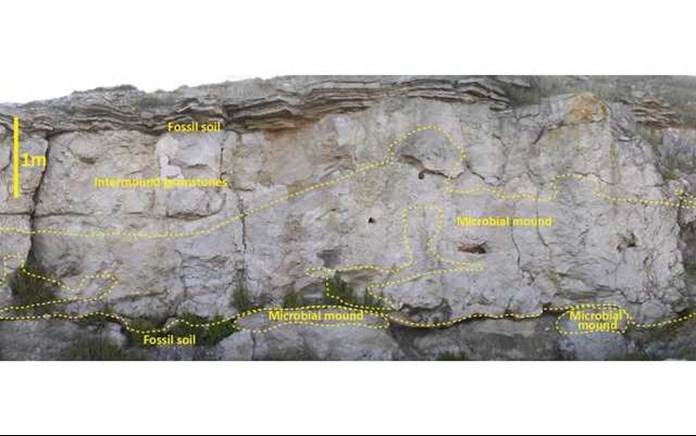 |
| Our research has established that the lowest units of the Purbeck Limestone Group (Mupe Member) are characterised by microbial mounds (Fig. 1) that occur in three cycles, or depositional sequences, each separated by an emergent soil horizon or paleosol (Gallois 2016 PhD thesis; Gallois et al., 2018). The absence of marine fossils, primary evaporites and freshwater algae indicate that these accumulated in brackish lakes on the western margin of the Wessex Basin. |
To establish the basinal setting for the accumulation of the Purbeck Limestone, we need both subsurface and outcrop data. Because of the hydrocarbon prospectivity of the Wessex Basin, a large amount of seismic data exists. These data indicate that the Purbeck Limestone Group accumulated in hangingwall sub-basins to the south of the E-W oriented Purbeck-Wight and the Ridgeway faults.
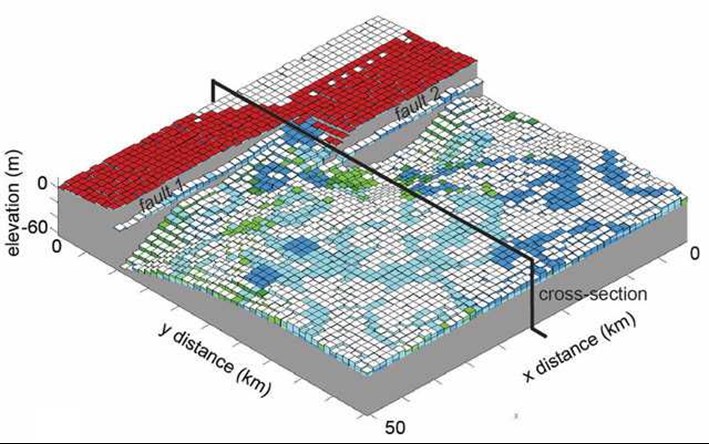 |
| 3-D stratigraphic forward modelling (Fig. 2) by Estanislow Kozlowski (2018 PhD thesis) of this unit shows the evolving Ridgeway and Purbeck extensional faults with hangingwall subsidence and footwall uplift (emergent areas-red). Depocentres and facies (In situ microbial carbonate production (blues) and transported facies (greens) are predicted for the relay ramp and hangingwall basin. |
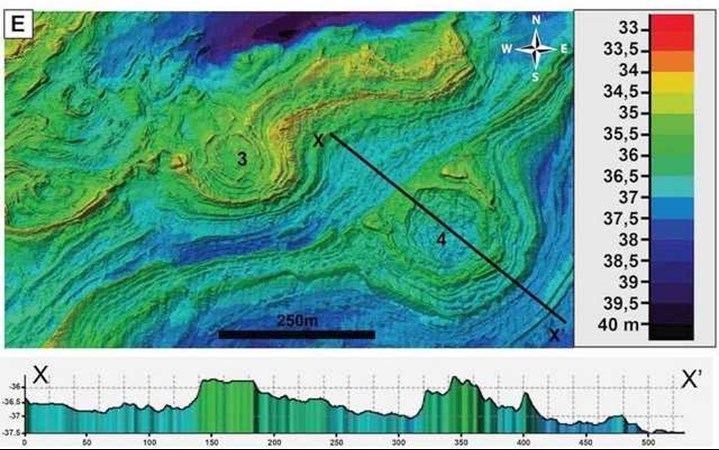 |
| During the project previously unknown circular structures were imaged in echo-sounding images from 30-40 m depth in Weymouth Bay (Fig 3). Analysis of the architecture and age (late Purbeck) of these structures indicates that these are also most likely to be carbonate mounds fringing the margin of the Purbeck lake. |
References:
Bosence et al. 2018. Discriminating between the origins of remotely sensed circular structures: carbonate mounds, diapirs or periclinal folds? Purbeck Limestone Group, Weymouth Bay, UK. J. Geological Society. Vol 155
Gallois et al. 2018. Brackish to hypersaline facies in lacustrine carbonates: Purbeck Limestone Group, Upper Jurassic–Lower Cretaceous, Wessex Basin, Dorset, UK. Facies. Vol 64.
Bosence et al. 2018. Are Jurassic microbes predictable? Geoscientist. Vol 28, No. 6.










